The general formula for a current divider is a lot easier to remember in terms of conductance/admittance than instead of resistance/impedance. These are inverses of each other, e.g. the conductance \$G\$ of a resistor is \$\frac{1}{R}\$. Then it is the same exact analogue of the formula for a voltage divider:
$$ I_k = \frac{G_k}{G_\text{total}}I_{\text{total}} $$
For a two-resistor network that's:
$$ I_1 = \frac{\frac{1}{R_1}}{\frac{1}{R_1}+\frac{1}{R_2}}I_{\text{total}} = \frac{{R_2}}{{R_1}+{R_2}}I_{\text{total}}$$
For two resistors, the conductance form requires a few more computations (two more inversions) than the simplified form, but is easier to not get wrong. The thing to remember so that you get the final formula right is that unlike a voltage divider where the greatest voltage drop is across the larger resistor, for a current divider the larger current flows through the smaller resistor (which has larger conductance). Another way to remember it right is to check what happens if you put a resistor in parallel with a short circuit; then you expect no current to flow through the non-zero resistor. So if \$R_2 = 0\$ then you expect \$I_1 = 0\$.
Alas, the formula on the extreme right doesn't generalize as-is to more resistors. For three resistors it becomes much more nasty if you try to eliminate the reciprocals:

And speaking of that Wisconsin problem set, for a problem like 
you could calculate the first current the hard way (it's actually 9.009009... mA) or just guesstimate it as 90% of the total (by ignoring the large, bottom resistor) but for the subsequent questions like the current through the next (and then final) resistors,

if you remember the idea about proportionality with the conductance in a current divider, then knowing the current through \$R_1\$ immediately gives you the current through the others by division, e.g. \$R_2\$ is ten times larger than \$R_1\$, so the current through it is going to be ten times smaller and for \$R_3\$ it will be 100 times smaller.



